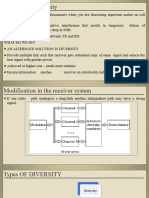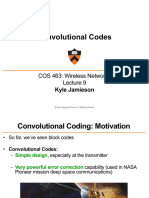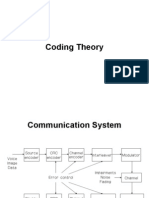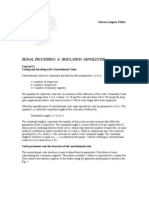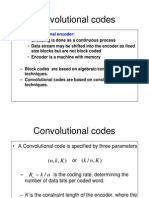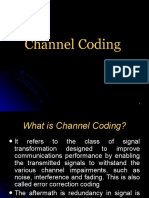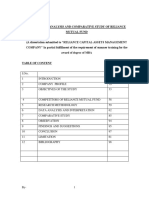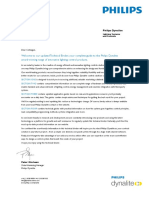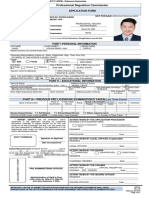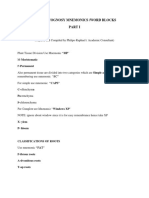0% found this document useful (0 votes)
8 views41 pagesConvolutional AndTurbo Codes
Module 3 introduces convolutional codes, which allow for efficient encoding of data by utilizing memory from previous frames to reduce decoding delays. It discusses the structure of the encoder, including its memory and logic circuit, and explains how codeword frames are generated based on incoming information frames. Additionally, the module covers polynomial descriptions and matrix representations of convolutional codes for better understanding and analysis.
Uploaded by
dnekaidbsjCopyright
© © All Rights Reserved
We take content rights seriously. If you suspect this is your content, claim it here.
Available Formats
Download as PDF, TXT or read online on Scribd
0% found this document useful (0 votes)
8 views41 pagesConvolutional AndTurbo Codes
Module 3 introduces convolutional codes, which allow for efficient encoding of data by utilizing memory from previous frames to reduce decoding delays. It discusses the structure of the encoder, including its memory and logic circuit, and explains how codeword frames are generated based on incoming information frames. Additionally, the module covers polynomial descriptions and matrix representations of convolutional codes for better understanding and analysis.
Uploaded by
dnekaidbsjCopyright
© © All Rights Reserved
We take content rights seriously. If you suspect this is your content, claim it here.
Available Formats
Download as PDF, TXT or read online on Scribd
/ 41


















